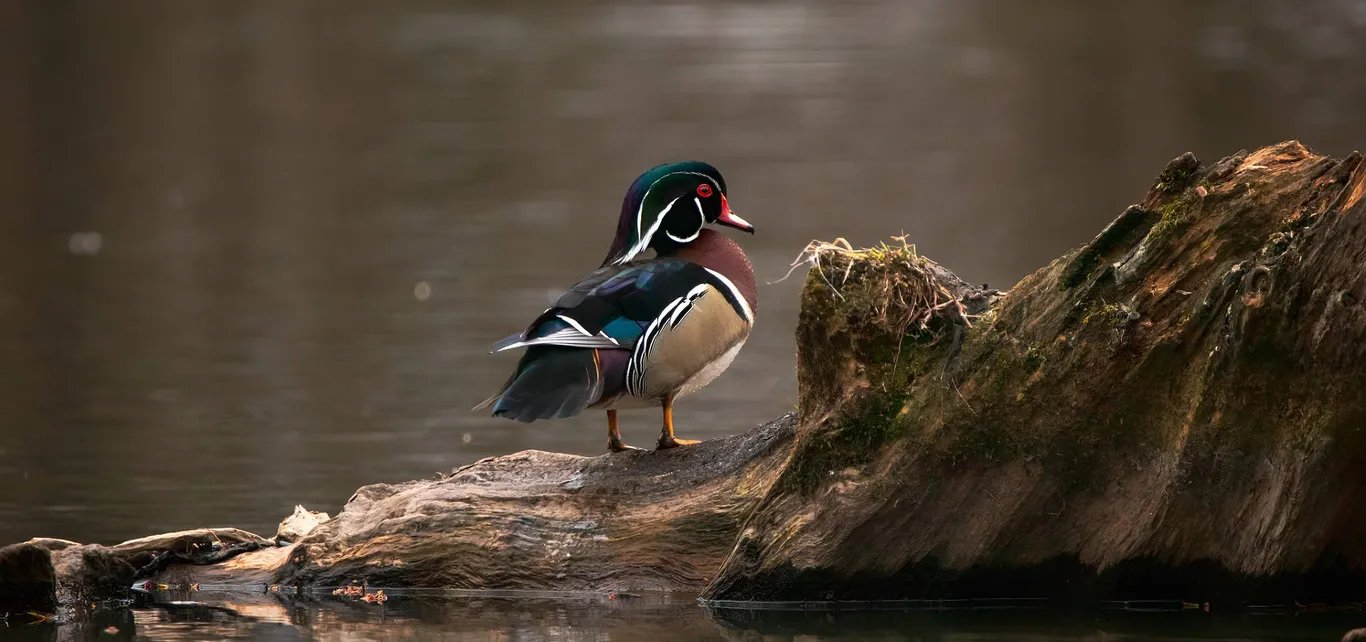If you are interested in ecology and recycling - sign up for our newsletter
The Importance of Species Interactions in Ecosystems
At its core, ecology is the study of relationships—between organisms and their environment, as well as among organisms themselves. Species interactions represent the latter, focusing on how living beings influence and depend on one another. These relationships are not merely incidental; they are critical to the survival and success of species. Every organism’s ability to obtain food, reproduce, and thrive is closely tied to its interactions with others in its ecosystem.
The importance of species interactions becomes particularly evident when considering the concept of ecological balance. Ecosystems are complex networks of interdependent species. When one species thrives or declines, the effects ripple through the entire system. For instance, a decline in a predator species can lead to an unchecked rise in prey populations, which might then overconsume vegetation and disrupt plant communities. This domino effect underscores the intricate connections among species.
Additionally, species interactions drive evolution. Through processes such as coevolution, where species evolve in response to one another, interactions like predation, mutualism, and competition shape the traits and behaviors of organisms over time. These evolutionary dynamics highlight the central role of species interactions in maintaining the diversity and adaptability of life on Earth.
Key Concepts in Species Interactions
To understand species interactions fully, it is crucial to grasp several key ecological concepts:
- Symbiosis: Symbiosis describes a close, long-term association between two species. While often used synonymously with mutualism, it encompasses a broader range of interactions, including parasitism and commensalism.
Did you know that the term "symbiosis" originates from the Greek words for "living together"? This highlights the close and often intricate relationships between species that are central to ecosystems.
Trophic Levels: Species interactions frequently involve energy transfer through food webs. Producers, consumers, and decomposers interact within trophic levels, with each level depending on the others for sustenance and stability.
Niche: Every species occupies a specific ecological niche, defined by its role in the ecosystem, including its interactions with other species. Overlapping niches often result in competition, while distinct niches enable coexistence.
Feedback Loops: Interactions often lead to feedback loops within ecosystems. Positive feedback loops can amplify changes, while negative feedback loops help stabilize ecosystems by counteracting shifts.
Understanding these concepts provides a foundation for exploring the diverse types of species interactions, which range from mutually beneficial relationships to competitive struggles for resources.
Types of Species Interactions
Species interactions can be categorized based on the impact they have on the species involved. The primary types include mutualism, commensalism, parasitism, predation, herbivory, and competition. Each interaction type contributes uniquely to ecosystem dynamics.
Mutualism
Mutualism is a relationship in which both species benefit.
Did you know that over 75% of the world's food crops depend on pollinators like bees for reproduction?
This type of interaction often involves cooperation that enhances the survival or reproductive success of both parties. A classic example is the relationship between pollinators, such as bees, and flowering plants. Bees gain nectar as a food source, while plants benefit from the transfer of pollen, which facilitates reproduction.
Mutualism can be obligate, meaning the species involved are entirely dependent on each other, or facultative, where the relationship enhances survival but is not essential. Coral reefs, for instance, rely on obligate mutualism between coral polyps and photosynthetic algae. The algae provide energy through photosynthesis, while the coral offers a protected environment and access to sunlight.
Commensalism
Commensalism occurs when one species benefits from the interaction while the other remains unaffected. For example, barnacles attach to whales, gaining mobility and access to nutrient-rich waters without harming or benefiting the whale. These relationships often demonstrate how ecosystems can provide opportunities for species to exploit niches without direct competition.
Parasitism
In parasitism, one species benefits at the expense of the other. Parasites derive resources from their hosts, often harming but not immediately killing them. Examples include ticks, which feed on the blood of mammals, and parasitic plants like mistletoe, which extract water and nutrients from their hosts. Parasitism illustrates the fine line between coexistence and exploitation in species interactions.
Predation and Herbivory
Predation and herbivory involve one species feeding on another. Predators, such as wolves hunting deer, directly impact prey populations and influence the behavior and traits of prey species. Herbivory, where animals consume plants, plays a similar role by shaping plant communities and driving adaptations such as thorns or chemical defenses.
Competition
Competition arises when species vie for the same limited resources, such as food, water, or shelter. This interaction can occur within a species (intraspecific competition) or between different species (interspecific competition). The intensity of competition often depends on resource availability and niche overlap. In ecosystems, competition can lead to resource partitioning, where species adapt to exploit different resources or habitats, reducing direct conflict.
The Role of Species Interactions in Ecosystem Services
Species interactions underpin many ecosystem services—the benefits humans derive from natural systems. Pollination, a mutualistic interaction, is vital for agriculture, ensuring the production of fruits, vegetables, and nuts. Predation helps control pest populations, while competition among species maintains biodiversity, which in turn supports ecosystem resilience.
Decomposers, such as fungi and bacteria, play a crucial role in nutrient cycling by breaking down organic matter. Their interactions with other species ensure the continuous availability of essential nutrients like nitrogen and phosphorus, sustaining plant growth and primary productivity. These examples highlight how species interactions extend beyond ecological theory, directly impacting human well-being.
Case Studies in Species Interactions
Did you know that sea otters are considered a keystone species because their predation on sea urchins prevents the destruction of kelp forests? This interaction maintains the biodiversity and stability of marine ecosystems.
To illustrate the significance of species interactions, consider the following examples:
Keystone Species: Some species have disproportionately large effects on their ecosystems relative to their abundance. For instance, sea otters prey on sea urchins, controlling their populations and preventing the overgrazing of kelp forests. This predatory interaction supports the health and diversity of marine ecosystems.
Invasive Species: When non-native species are introduced into ecosystems, they can disrupt established interactions. For example, the introduction of brown tree snakes to Guam led to the decline of native bird populations, as the snakes had no natural predators. This case underscores the fragility of ecological networks and the importance of balanced interactions.
Pollination Networks: In tropical rainforests, diverse pollination networks involve intricate mutualistic relationships between plants and animals. The loss of a single pollinator species can cascade through the ecosystem, affecting plant reproduction and the species that depend on those plants for food and shelter.
Threats to Species Interactions
Human activities pose significant threats to species interactions, disrupting ecological balance and biodiversity. Habitat destruction, pollution, climate change, and overexploitation of resources alter the dynamics of interactions, often with far-reaching consequences. For instance, the decline of bee populations due to pesticide use and habitat loss jeopardizes pollination services, threatening global food security.
Climate change introduces additional challenges by shifting species distributions and altering the timing of interactions. Phenological mismatches, such as flowers blooming before pollinators emerge, can weaken mutualistic relationships and reduce ecosystem productivity.
Invasive species, facilitated by global trade and travel, further exacerbate these challenges. By outcompeting native species or introducing novel interactions, invasives can disrupt existing networks and drive declines in biodiversity. Addressing these threats requires proactive conservation efforts that prioritize the protection of species interactions.






